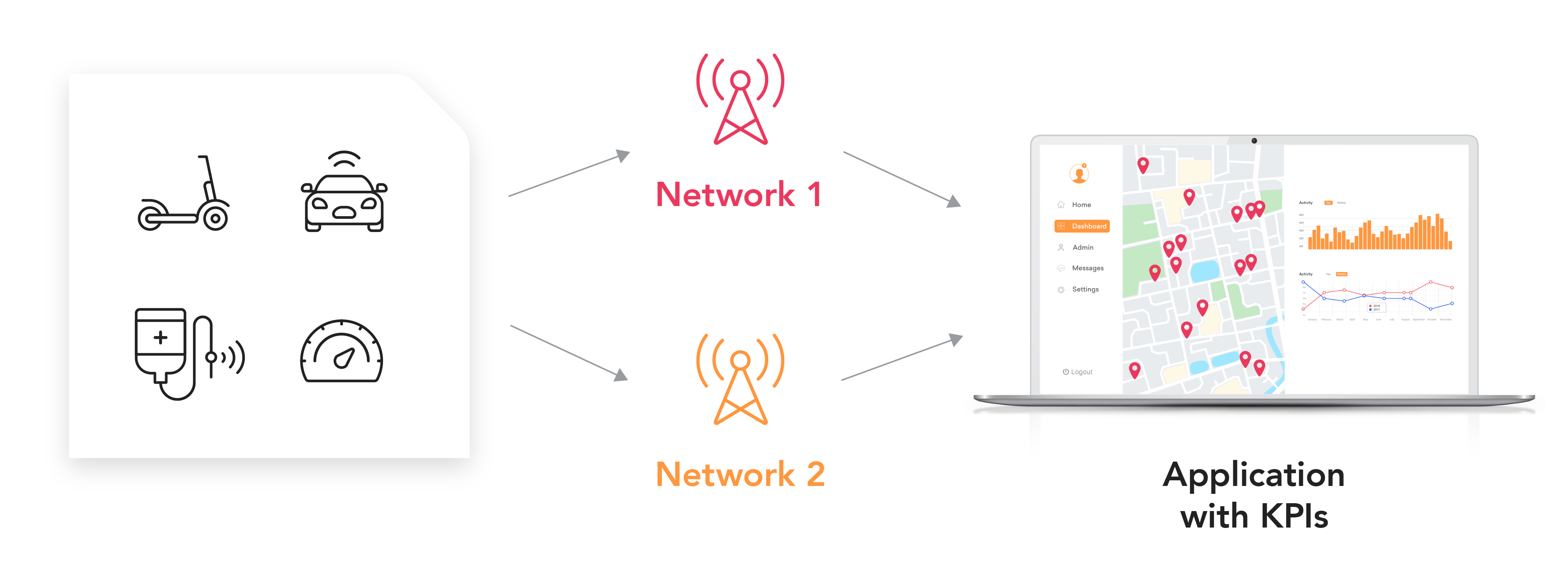Who Pays Redundancy Money? Comprehending Company Responsibilities in the UK
Who Pays Redundancy Money? Comprehending Company Responsibilities in the UK
Blog Article
Discovering the Operational Dynamics of Business Redundancy and Its Long-Term Sustainability

Redundancy Techniques for Organization Connection
In order to ensure continuous procedures, organizations have to execute reliable redundancy approaches for company continuity. Redundancy in this context describes the replication of crucial components or functions within a system to minimize the impact of prospective failures. By integrating redundancy techniques, organizations can enhance their strength against disruptions brought on by different aspects such as natural disasters, equipment failings, or cyber-attacks.
One usual redundancy strategy is the execution of back-up systems and information storage space options. This entails producing matches of essential data and systems that can be triggered in case of a primary system failing. Furthermore, companies can establish redundant communication networks and source of power to maintain connectivity and operations during unpredicted events.
Moreover, cross-training workers to do several duties within the company can function as a valuable redundancy method. This makes certain that vital tasks can still be executed also if essential employees are not available due to health problem or various other factors. Generally, reliable redundancy strategies are necessary for organizations to copyright operational continuity and decrease the impact of possible interruptions.
Influence of Redundancy on Business Strength
Provided the critical function redundancy techniques play in making sure service continuity, checking out the impact of redundancy on organizational strength becomes important for comprehending the all natural functional characteristics of a business. Redundancy, when tactically implemented, can dramatically contribute to enhancing a company's strength in the face of unanticipated difficulties.
In addition, redundancy can foster development and imagination within a company as staff members feel empowered to take computed dangers, knowing that there is a security internet to sustain them in case of failure. Generally, the influence of redundancy on organizational resilience is extensive, forming the lasting sustainability and success of a business.
Stabilizing Performance and Versatility in Redundancy
Achieving a harmonious balance in between functional efficiency and adaptive flexibility is a crucial obstacle in the strategic deployment of redundancy within organizations. Efficient operations are essential for preserving performance and cost-effectiveness, guaranteeing that resources are made use of optimally. Nonetheless, excessive emphasis on performance alone can lead to strength, making it tough for companies to adjust to unforeseen modifications or difficulties. On the other hand, versatility permits organizations to react nimbly to evolving scenarios, cultivating technology and resilience. Yet, excessive versatility without a strong functional structure can result in inefficiencies and disparity.
To balance performance and flexibility in redundancy preparation, companies need to thoroughly examine their operational needs, market dynamics, and critical goals. Implementing lean practices can boost performance by eliminating and streamlining processes waste, while cultivating a society of versatility and constant renovation can increase adaptability. In addition, spending in cross-training programs and durable communication channels can aid cultivate a functional labor force qualified of dealing with varied tasks throughout durations of transition. Eventually, discovering the best balance between performance and versatility is critical for developing a resistant and lasting organization in the face of uncertainty.
Long-Term Sustainability With Redundancy Planning
To ensure enduring practicality and security, companies should strategically straighten their redundancy preparation with long-lasting sustainability goals, consequently harmonizing operational effectiveness with flexible versatility. Long-lasting sustainability via redundancy planning includes greater than just short-term cost-cutting actions. It calls for a comprehensive critical method that expects future difficulties and opportunities. Companies ought to check if a company goes bust who pays redundancy out redundancy not as a responsive solution to instant issues but as an aggressive approach for lasting success. By integrating redundancy planning with sustainability purposes, organizations can develop a resistant structure that can hold up against different market fluctuations and interior modifications.

Proactive Steps for Lasting Business Workflow
How can business proactively improve their operational sustainability for long-term success? Applying aggressive measures is vital for companies aiming to guarantee sustainable procedures. One essential method is to purchase innovation and innovation to streamline processes, minimize waste, and stay affordable in the market. Taking on sustainable methods such as minimizing energy intake, reducing carbon footprint, and maximizing resource utilization can not just profit the atmosphere yet additionally cause set you back financial savings over time.
In addition, fostering a culture of constant improvement and discovering within the organization can improve adaptability to changing market conditions and client needs. Encouraging worker participation in decision-making processes and offering opportunities for expert advancement can enhance morale, productivity, and total efficiency. Establishing clear objectives, keeping track of key efficiency indications, and consistently evaluating progress are vital parts of aggressive sustainability monitoring.
Working together with providers, consumers, and various other stakeholders to advertise sustainable techniques throughout the supply chain can produce a causal sequence of favorable influence - redundancy pay if company goes bust. By taking proactive actions in the direction of operational sustainability, business can construct strength, drive innovation, and secure their long-term success in an ever-evolving service landscape
Final Thought

In the realm of business management, the tactical release of firm redundancy stands as a crucial yet intricate practice that demands a fragile equilibrium in between functional efficiency and long-term feasibility. By dissecting the functional characteristics that underpin firm redundancy and reviewing its wider effects for organizational resilience and adaptability, a nuanced understanding of how redundancy strategies can shape the future trajectory of a business begins to unfold.Provided the crucial role redundancy approaches play in making certain service continuity, discovering the influence of redundancy on organizational durability ends up being critical for comprehending the holistic functional characteristics of a firm. Generally, the impact of redundancy on organizational durability is extensive, shaping the lasting sustainability and success of a firm.
In verdict, recognizing the functional characteristics of company redundancy is important for ensuring long-lasting sustainability.
Report this page